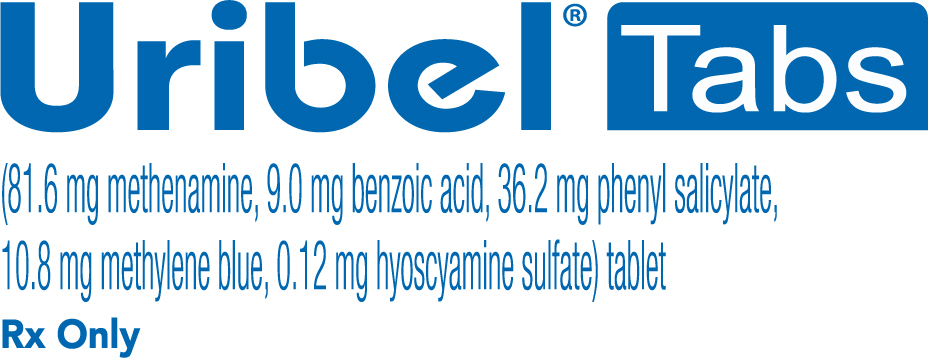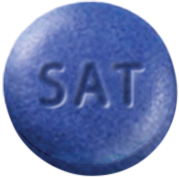The Urinary Tract
The urinary tract is the body’s drainage system for removing urine, which is composed of wastes and extra fluid. In order for normal urination to occur, all body parts in the urinary tract need to work together in the correct order.1
Common reasons for painful urinary symptoms
Urinary pain and discomfort can have a wide variety of possible causes2:
- Urinary tract infections (UTIs)
- Interstitial cystitis (IC)/Painful Bladder Syndrome (PBS)
- Diagnostic procedures
- Prostatitis
- Sexually transmitted diseases
- Kidney stones
- Some types of cancer (renal, bladder, prostate, transitional cell, endometrial, vulvar)
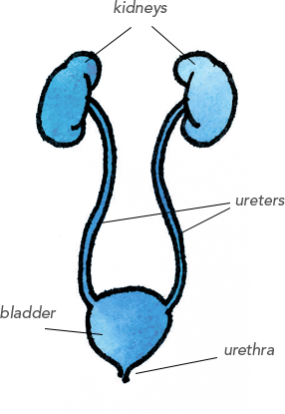

UTIs
A UTI is an infection in the urinary tract. Bacteria are the most common cause of UTIs. Normally, bacteria that enter the urinary tract are rapidly removed by the body before they cause symptoms. However, sometimes bacteria overcome the body’s natural defenses and cause infection.3
Most UTIs are caused by bacteria that live in the bowel. The bacterium Escherichia coli (E. coli) causes the vast majority of UTIs.3
Urinary tract infections are the second most common type of infection in the body, accounting for about 8.1 million visits to healthcare providers each year. Women are especially prone to UTIs for anatomical reasons. For women, the lifetime risk of having a UTI is greater than 50%. UTIs in men are not as common as in women, but can be serious when they occur.3
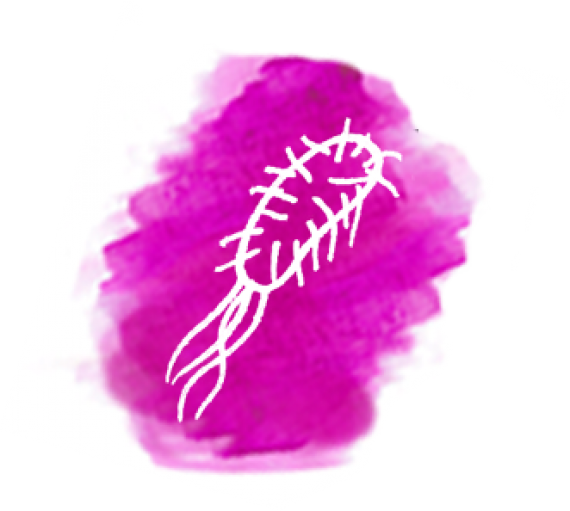



Insterstitial cystitis (IC)
Interstitial cystitis is a medical condition that affects the urinary tract. It can cause bladder pain and a feeling of having to urinate often. Many people with IC/PBS have a hard time sleeping well, working, and enjoying a normal sex life. There’s no cure for IC, but there are things you can do to relieve symptoms.4
Symptoms vary from person to person and over time. Some people with IC/PBS have only pain or discomfort. Other people may feel the following4:
- Pressure or pain in your lower abdomen. The pain can range from mild to severe. It may get worse as your bladder fills up. It may feel better as you urinate. You may feel pain when you have sex.
- As if you have to urinate very often. When you do urinate, you may pass only a small amount of urine. Some people who have IC/PBS urinate up to 50 times in 24 hours. They also may wake up often to urinate.
- A constant feeling that you need to urinate. This feeling is called persistent urgency. Pain or discomfort in the lower abdomen usually makes it worse.
Some of the symptoms of IC resemble those of bacterial infection, but medical tests reveal no organisms in the urine of people with IC. Furthermore, people with IC do not respond to antibiotic therapy. Researchers are working to understand the causes of IC and find effective treatments.5
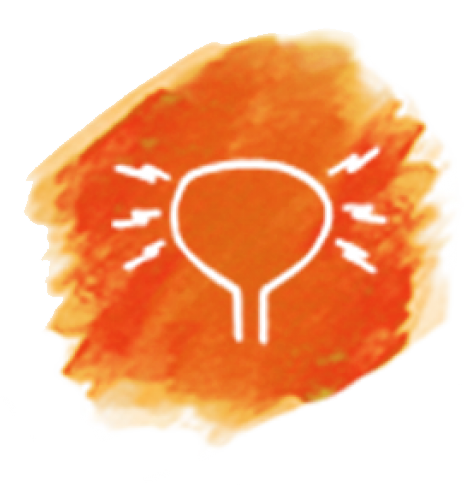

Diagnostic procedures
- Cystometry7
– A small soft tube (called a catheter) is inserted into the urethra until it reaches the bladder. The catheter allows the bladder to be emptied completely (measuring the amount remaining in the bladder after urination known as residual urine) and then to measure the pressures in the bladder.
- Cystoscopy6
– A cystoscopy is an examination of the inside of the bladder and urethra, the tube that carries urine from the bladder to the outside of the body.
- Ureteroscopy6
– A ureteroscope, which is longer and thinner than a cystoscope, is used to see beyond the bladder into the ureters, the tubes that carry urine from the kidneys to the bladder.


References
- National Kidney and Urologic Diseases Information Clearinghouse. The urinary tract and how it works. NIH Publication No. 14–3195. Bethesda, MD: National Institute of Diabetes and Digestive and Kidney Diseases; 2013.
- What causes painful urination? Healthline.com. http://www.healthline.com/symptom/painful-urination. Accessed June 2024.
- National Kidney and Urologic Diseases Information Clearinghouse. Urinary tract infections in adults. NIH Publication No. 12–2097. Bethesda, MD: National Institute of Diabetes and Digestive and Kidney Diseases; 2011.
- Interstitial cystitis/painful bladder syndrome. Health Matters. Association of Reproductive Health Professionals; April 2008.
- National Kidney and Urologic Diseases Information Clearinghouse. Interstitial cystitis/painful bladder syndrome. NIH Publication No. 11–3220. Bethesda, MD: National Institute of Diabetes and Digestive and Kidney Diseases; 2011.
- National Kidney and Urologic Diseases Information Clearinghouse. Cystoscopy and ureteroscopy. NIH Publication No. 09–4800. Bethesda, MD: National Institute of Diabetes and Digestive and Kidney Diseases; 2009.
- Urology Care Foundation. What is a Cystometry/Cystometrogram (CMG)? https://www.urologyhealth.org/urology-a-z/c/cystometry. Accessed June 2024.
